49 pages • 1 hour read
Margaret AtwoodThe Heart Goes Last
Fiction | Novel | Adult | Published in 2015A modern alternative to SparkNotes and CliffsNotes, SuperSummary offers high-quality Study Guides with detailed chapter summaries and analysis of major themes, characters, and more.
Character Analysis
Stan
Despite his status as one of the novel’s protagonists, Stan has very little agency or self-determination throughout the text and spends most of his time either making excuses for what is happening to him, or being easily coerced into something he does not want to do. This lack of control butts up against his ideas about masculinity and how he thinks he should exist in the world, leaving him feeling emasculated and unhappy.
This is evident from the start of the novel, when he has trouble hiding his resentment toward the fact that Charmaine is able to find work while he cannot, but recurs later when Jocelyn begins using him for sex and forces him to repeatedly watch and re-enact videos of Charmaine’s affair with Max—ironically inverting the power fantasies he has had about Jasmine. Stan’s internalized ideas about masculinity manifest in other toxic ways as well: He routinely objectifies women (his first thought upon meeting a new woman is always about their physical appearance and sexual desirability) and expresses anti-gay sentiments on several occasions.
All of this adds up to a character that is dull and largely unlikeable by design, and Margaret Atwood employs him (along with Charmaine, who suffers from different, but parallel issues) as a vehicle to progress the increasingly outrageous plot.
Related Titles
By Margaret Atwood

Alias Grace
Margaret Atwood

Backdrop Addresses Cowboy
Margaret Atwood

Cat's Eye
Margaret Atwood

Death By Landscape
Margaret Atwood

Hag-Seed: William Shakespeare's The Tempest Retold
Margaret Atwood

Happy Endings
Margaret Atwood

Helen of Troy Does Countertop Dancing
Margaret Atwood

Lady Oracle
Margaret Atwood

Life Before Man
Margaret Atwood

MaddAddam
Margaret Atwood
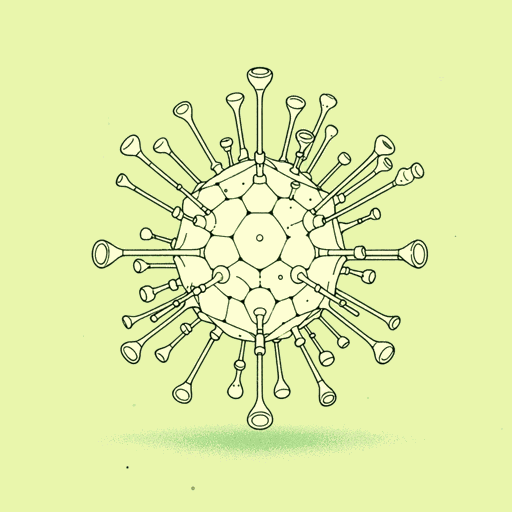
Oryx and Crake
Margaret Atwood

Rape Fantasies
Margaret Atwood
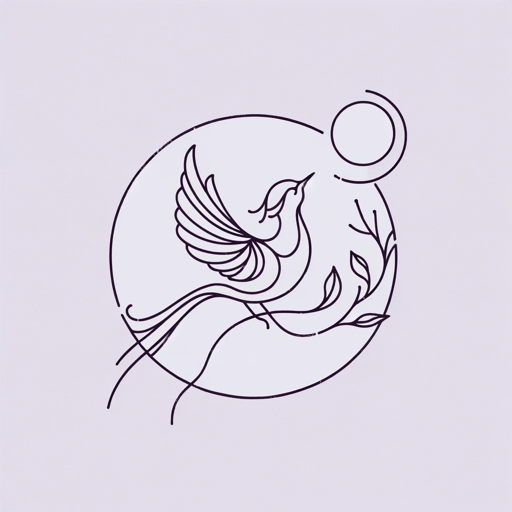
Siren Song
Margaret Atwood

Stone Mattress
Margaret Atwood

Surfacing
Margaret Atwood

The Blind Assassin
Margaret Atwood
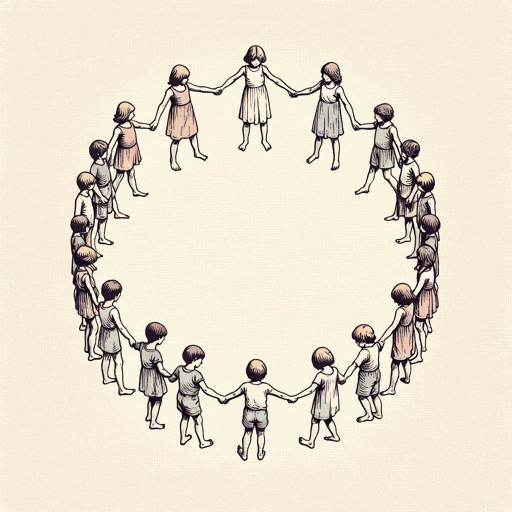
The Circle Game
Margaret Atwood
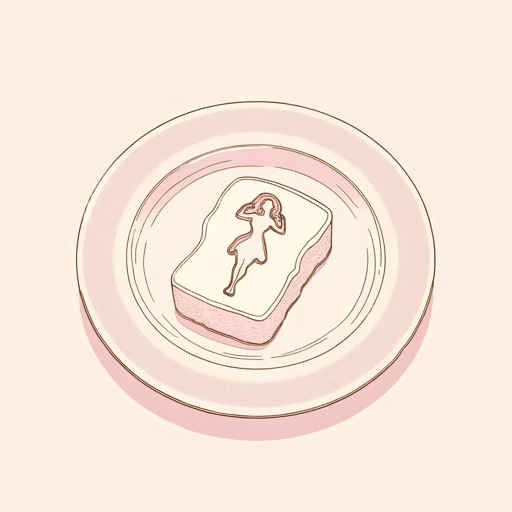
The Edible Woman
Margaret Atwood

The Handmaid's Tale
Margaret Atwood
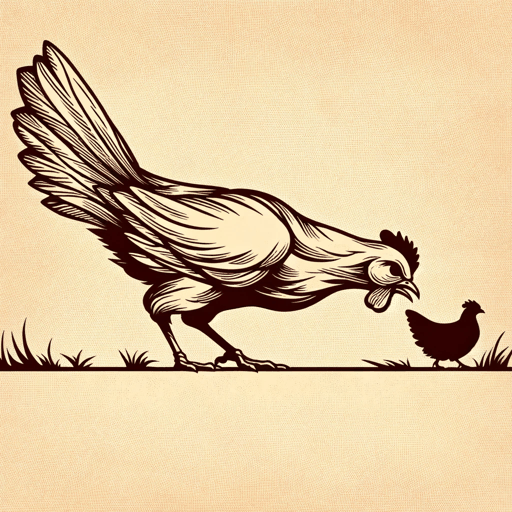
The Landlady
Margaret Atwood
Featured Collections
Canadian Literature
View Collection
Challenging Authority
View Collection
Class
View Collection
Class
View Collection
Fate
View Collection
Marriage
View Collection
Power
View Collection
Science Fiction & Dystopian Fiction
View Collection
SuperSummary Staff Picks
View Collection
Valentine's Day Reads: The Theme of Love
View Collection

